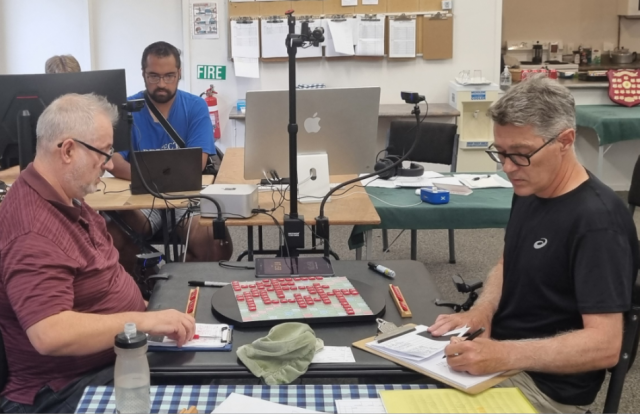New Zealand’s tail docking laws remain on a tight leash
• June 20, 2016

Rottweilers are a breed in New Zealand that commonly have their tails docked. Photo: Wikimedia Commons
Dog breeders are keen to keep tail docking legal in New Zealand, dismissing calls to follow other countries and ban the practice.
New Zealand is one of the few countries to have limited restrictions on tail docking. In Australia the practice has been banned since 2010.
Those opposed to tail docking say the procedure puts the animals through unnecessary harm and that we are behind other countries.
But dog breeders in New Zealand believe docking laws should remain, arguing it is a tradition that has carried on for hundreds of years and ensures the quality of a breed.
Dr Arnja Dale, chief scientific officer of the SPCA said there is no research to suggest tail docking is necessary and believes New Zealand should follow Australia’s ban.
Dr Dale said that removing a dog’s tail is necessary in certain situations but did not condone the prophylactic or cosmetic docking of tails.
“There is however the odd occasion where there is an injury, where the tail has to be amputated and that is absolutely, of course, okay,” said Dr Dale.
The New Zealand Kennel Club said the country’s tradition of tail docking has a quality assurance programme recognised under the 2010 code of welfare for dogs.
NZKC director Peter Dunne said the club ensures welfare standards of animals are met, recommending members to tail band their puppies.
“As an organisation we audit and make sure everything is in order and that everything under that scheme is complied with,” according to Mr Dunne.
Breeders defend the practice, arguing that the procedure is painless for the puppies, as the tail has not properly formed.
Mr Dunne said a person who possesses the appropriate knowledge must dock a puppy within 2-3 days in order to ensure the animal is under no pain.
However, Dr Dale disagreed and said that without a doubt there is pain involved for a puppy.
“In terms of the morphology and in terms of the practice is does cause unnecessary pain and distress for the animal.”
Robert Holdaway, a former registered English Bull Terrier breeder, said docking is necessary to prevent health risks that can be associated with certain breeds.
“In Rottweilers, the muscles in their tails aren’t strong enough to sustain the tail and leave it up so docking is done to prevent things like fly strike,” said Mr Holdaway.
Mr Holdaway said he can’t see the purpose of docking a dog’s tail for aesthetic reasons because there is “no functionality or purpose” to it.
The SPCA said it will continue to condemn tail docking and push for it to be banned in New Zealand.

New Zealand Scrabble Masters comes down to final game
Aisha Campbell (NGĀTI RUANUI, NGĀ RAURU, NGĀ RUAHINE, TE ATIAWA, TARANAKI) • April 23, 2025



New Zealand Scrabble Masters comes down to final game
Aisha Campbell (NGĀTI RUANUI, NGĀ RAURU, NGĀ RUAHINE, TE ATIAWA, TARANAKI) • April 23, 2025




